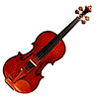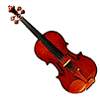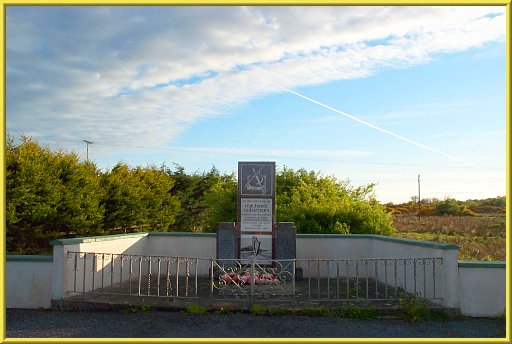|
Michael Coleman
Born and raised in county Sligo,
which is the northwestern part of Ireland, Michael Coleman learned
to play the fiddle in the style know as Sligo (taking its name from
the county). He is easily considered to be one of the giant
figures in early Irish traditional music. In the early 1920's Coleman
emigrated to New York. He quickly
found a place in the advancing recording
industry. It didn't take long for Coleman's
albums of Irish traditional tunes to find their way back to Ireland. He soon became a household
name as his popularity grew with the spread of gramophones through
Irish villages and farmhouses. People began to play his 78's
so much that it wasn't long before his sound was the standard for
traditional Irish music. His name, sound and image were regarded
so highly that to this very day Michael Coleman continues to influence
young fiddlers from Sligo county.



If you are not convinced of Michael's
influence just take a quick look at this monument dedicated to his memory
below. You have to play a mighty fiddle to deserve such a mighty
stone.

The above monument is dedicated to the memory
of Michael Coleman.
The full inscription reads as follows:
IN THE CENTER:
to the memory of
Michael Coleman
master of the fiddle
saviour of Irish traditional music
born near this
spot in 1891
died in exile 1945
ON THE
LEFT:
To
the
Traditional
musicians of
an older
generation who
in
this area
inspired
his genius.
ON
THE RIGHT:
To those of
a later
generation
who
after his passing
fostered
and preserved
that
tradition
for posterity.
| 

















